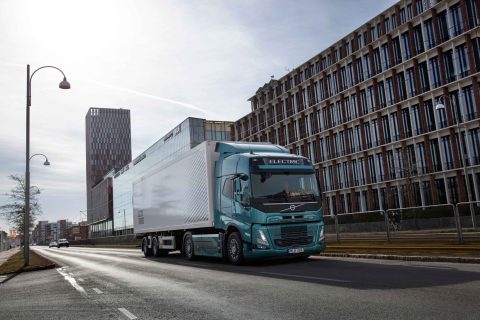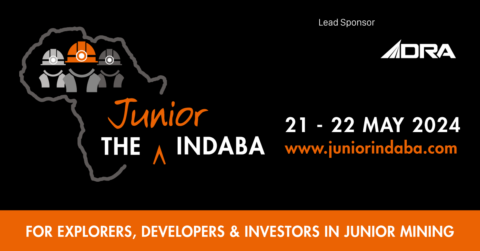Technology, Solutions and Innovations
The Intelligent Edge And Beyond
Everything around us is becoming “smarter”. From devices for monitoring driver behaviour to fitness activities for better insurance premiums and intelligent sensors adjusting the routes of self-driving mining trucks to improve delivery times. We use iPads to count stock levels, and map apps that indicate where accidents are causing tailbacks. We’re a “smart” culture.
“We’ve evolved in a very short time to rely on all things digital,” explains Jessie Rudd, technical business and data analyst at IT services company, the PBT Group. “Technology is catching up to that expectation and now we can capture, analyse and create data in astounding ways.”

Until recently this revolution has primarily occurred where the computational power is being concentrated, which in today’s world puts the cloud at the centre of our activities. Sensors on the edge of the network transmit data to this centre, where it is processed and analysed at speeds that are unimaginable on a desktop computer.
The problem is that the internet of things (IoT) — all these sensors on the edge — is already bigger than the internet of people. This means the generation of a lot of data that needs to be processed in real time, and the requirement for faster responses has been pushing more of those intelligent activities to outlying areas (the edge). Edge technologies have become more prevalent to meet the demand for localised “smart” features.
When a poor data connection stops Google Assistant from working, for example, you still need to be able to turn on the lights at home. Rather than flick the switch, the AI assistant should be able to rely on local computing power.
This is not merely an inconvenience: consider the disaster if a factory’s sensors are unable to reach the central intelligence that runs them. Edge computing holds the key to properly realise smart buildings, self-driving cars and traffic lights that are situationally aware. If the last decade has been about centralising computing power, the next will be about redistributing it again.
AFTER THE EDGE
The next step in this evolution is already starting to emerge in the form of “intelligent meshes”, where different parts of the digital food chain — machines, applications and people, but mostly between the former two — interact directly. Instead of talking to the cloud, they talk to each other. The distinction is that these systems are not just reactionary, but also learning and able to adapt their activities.
“Machines are evolving into a mesh to improve our interactions with data,” says Rudd. “It’s driven by a lot of intelligence — knowing what to do with data at the right time and way. That distinguishes it from other examples.”
“Artificial intelligence is increasingly infused into the digital mesh, providing new insights, augmenting decision-making and ultimately becoming autonomous agents that act on our behalf,” says Brian Burke, Gartner’s vice president and chief of research.
It’s very early days for the intelligent mesh, but it represents the cutting edge of what’s possible when we combine machine speed and intelligence with data to serve our needs.
THE INTELLIGENT MESH
Gartner describes the intelligent mesh as “smart devices delivering increasingly insightful digital services everywhere”. More specifically, it’s about different devices capturing and checking data, using artificial intelligence and human interactions to create the results. If this seems ambiguous, that’s because it is. The ‘intelligent mesh’ is a catch-all for closer collaboration around data between systems that adapt and learn.
An emerging example of a digital mesh is the “touchless” insurance claim. This is a process by which a person can put in a claim and the process is entirely managed by machines, checking every detail and making all the necessary comparisons to flag fraud or errors. Accomplishing such a feat requires a combination of data culture, mature digital practices and artificial intelligence.






 Sign-up and receive the Business Media MAGS newsletter OR SA Mining newsletter straight to your inbox.
Sign-up and receive the Business Media MAGS newsletter OR SA Mining newsletter straight to your inbox.